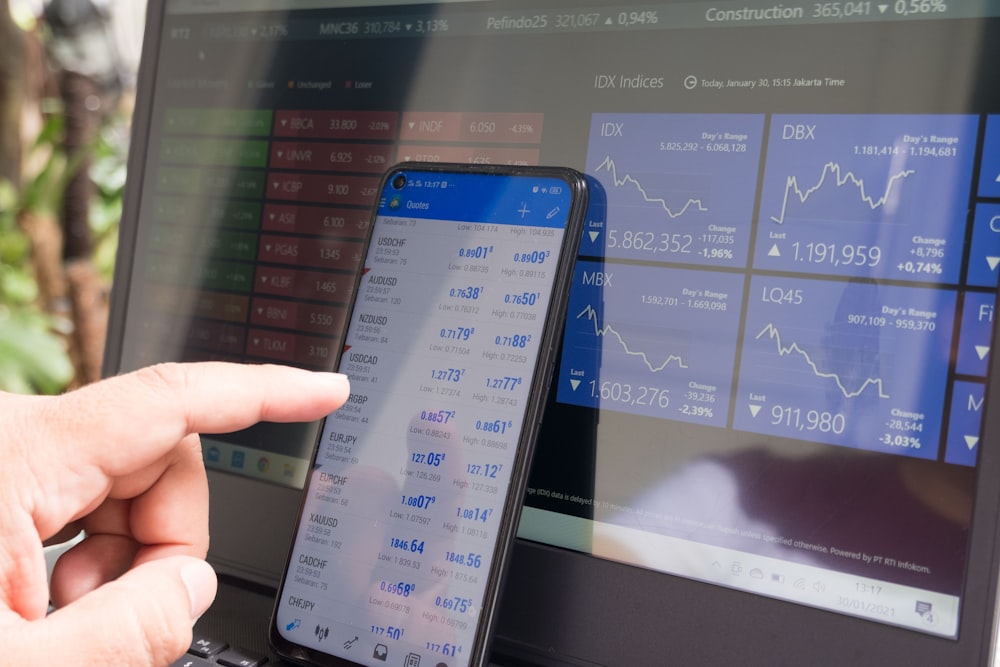
Presidential elections and market corrections have a long history of companionship. Given the rampant rhetoric between the right and left, such is not surprising. Such is particularly the case over the last two presidential elections, where polarizing candidates trumped policies. From a portfolio management perspective, we must understand what happens during election years concerning the stock market and investor returns. 

Presidential platforms are primarily “advertising” to get your vote. As such, a politician will promise many things that, in hindsight, rarely get accomplished. Therefore, while there is much debate about whose policies will be better, it doesn’t matter much as both parties have an appetite for “providing bread and games to the masses” through continuing increases in debt.Lastly, while policies matter over a longer-term period, as changes to spending and regulation impact economic outcomes, market performance during SECULAR market periods varies greatly. During secular (long-term) bull markets, as we have had since 2009, presidential election years tend to average almost 14% annually. That is opposed to secular bear markets, which tend to decline by 7% on average.So, how do you position your portfolio for the election? Over the last few weeks, we have repeatedly discussed reducing risk, hedging, and rebalancing portfolios. Part of this was undoubtedly due to the exaggerated rise from the November lows and the potential for an unexpected election outcome.Holding a little extra cash, increasing positioning in Treasury bonds, and adding some value to your portfolio will help reduce the risk of a sharp decline in the months ahead. Once the market signals an all clear, you can take your foot off the brake and speed to your destination.More By This Author:Sticky Inflation And Fed Policy In Context Bougie Broke The Financial Reality Behind The FacadeBlackRock Works For BlackRock Not You
















